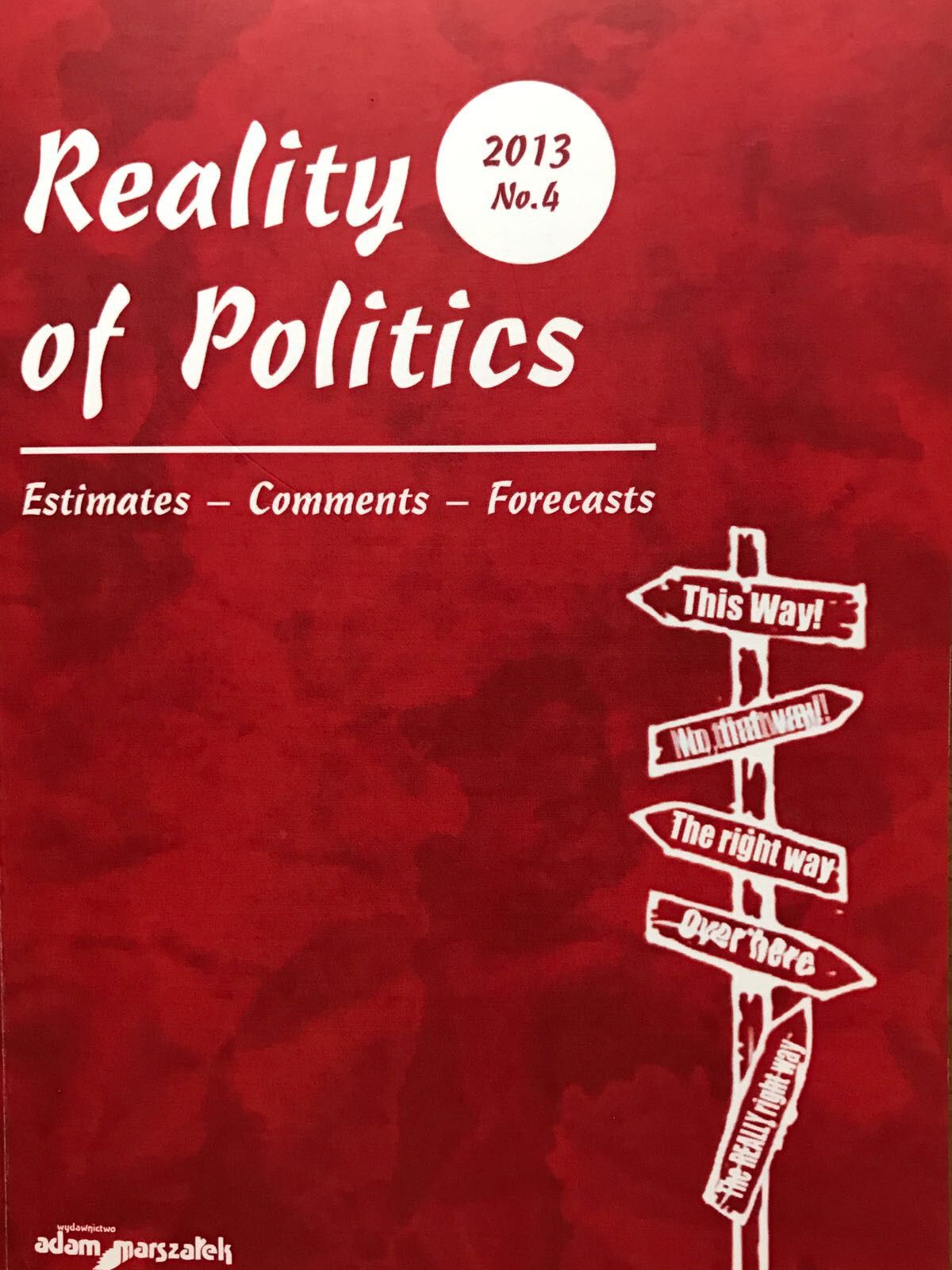COMMON SECURITY AND DEFENCE POLICY OF THE EUROPEAN UNION IN THEORIES OF THE EUROPEAN INTEGRATION
COMMON SECURITY AND DEFENCE POLICY OF THE EUROPEAN UNION IN THEORIES OF THE EUROPEAN INTEGRATION
Author(s): Luiza WojniczSubject(s): Security and defense, Military policy, EU-Approach / EU-Accession / EU-Development
Published by: Wydawnictwo Adam Marszałek
Keywords: European Union; Common Security and Defence Policy; Europeanization; theories of the European integration;
Summary/Abstract: Th e purpose of this article is synthetic analysis of the theories concerning theSecurity and Defence Policy of the European Union. Author analyses neorealist and neofunctionalisttheories and marginally takes into account theory of liberal intergovernmentalism andnew institutionalism theoryNeorealists argued that in order to understand CSDP, one should look at the changing natureof the balance of power and the way in which member states sought profi ts coming from thenegotiation process, which took place between European Union and NATO. Liberal intergovernmetalists,including Andrew Moravcsik, assumed that CSDP is a factor created and driven by thedomestic policy of member states, although both NATO and EU institutions infl uenced thisprocess. Neofunctionalists’ hypothesis assumed that CSDP is a result of the spill-over eff ect –consequence of the economic integration. Th ey demonstrated, through economic analysis, theimpact of economic and monetary union on the process of development of the European securityand defence policy. In neoinstitutionalist theory, the emergence of the CSDP is explained byhighlighting the impact of international institutions in the foreign policy of the EU and NATOmember states.Above hypotheses have the objective of fi nding the causes of the CSDP’s emergence, but arealso an attempt to answer the question what is the CSDP. Exitisting theories do not adress thewhole issue comprehensively, because they are missing implication of links between supranational,transnational and intergovernmental dimension of CSDP, indicating only the conceptualizationof evolution and the role of the various bodies at diff erent levels, particularly in thetheories of neoliberalism, neoinstitutionalism and intergovernmental liberalism.
Journal: Reality of Politics. Estimates - Comments - Forecasts
- Issue Year: 2013
- Issue No: 4
- Page Range: 316-335
- Page Count: 20
- Language: English

